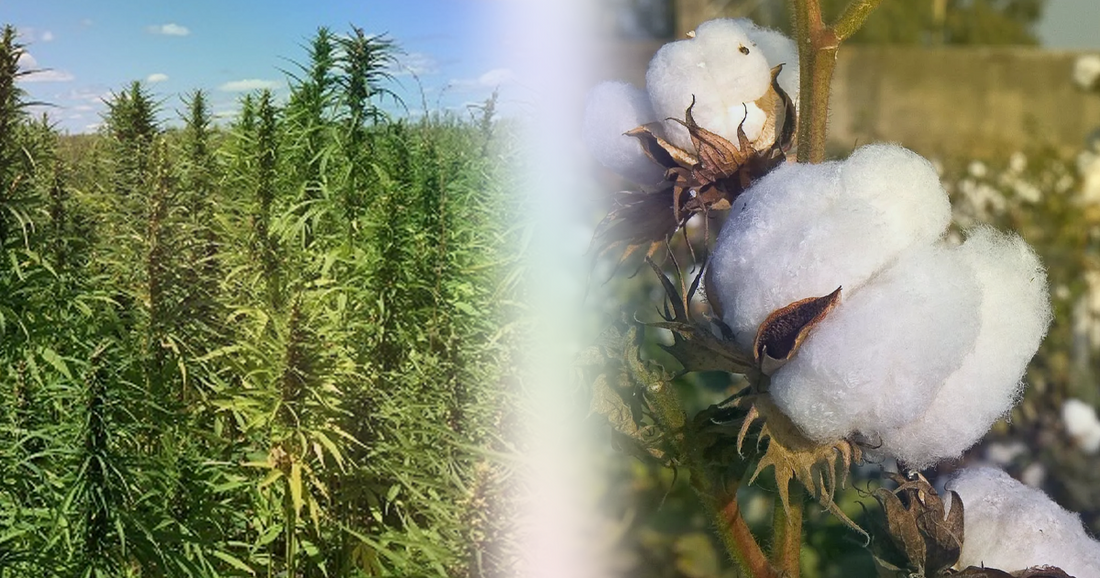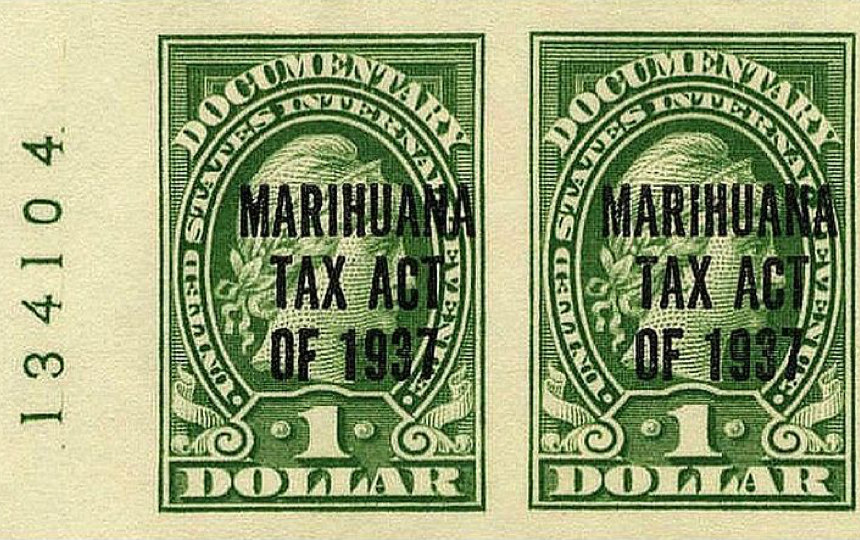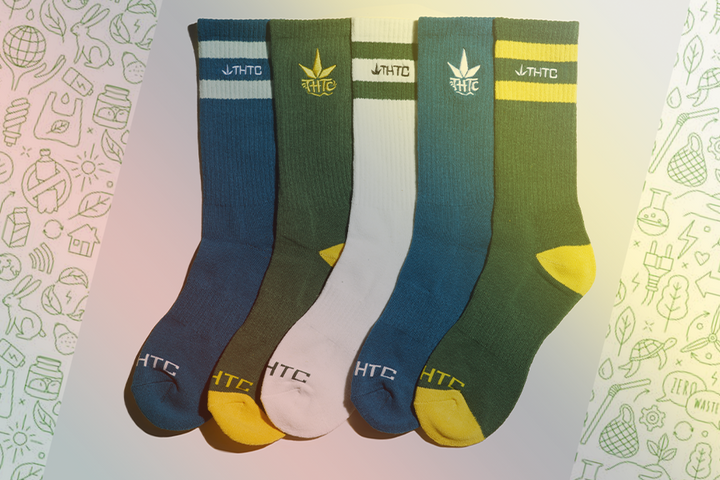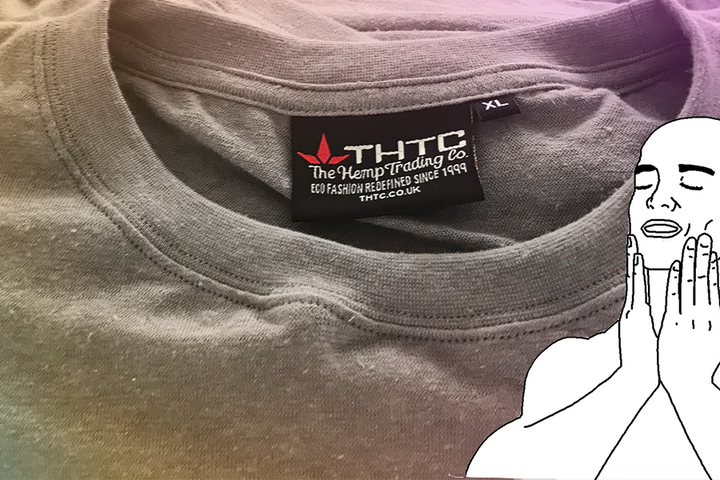Hemp is among the oldest fibres that humanity has cultivated and utilised. Along with hemp, cotton is also one of the earliest natural fibres our civilisation has domesticated and used across many applications. While many blogs write about how much better hemp is than cotton - the reality is not so black and white and has its history mired in slavery and imperialism. So instead of giving you simple hemp vs cotton blog - we've gone deeper. We look at the history of cotton and the very idea of what a sustainable fabric is.
Cotton: Origin of a Species
We've written at length about the Central Asian origins of hemp and its discovery as a multipurpose crop. Hemp fabrics have been found worldwide, dating back over 10,000 years, and you can read more about them in our blog here.
Cotton's story is a little more complex. Different species of cotton, all belonging to the Gossypium family of plants, emerged in various places around the planet. The oldest cotton fabric from the Gossypium barbadense species was found in the Americas - the earliest being in Huaca Prieta, Peru, dated to around 6000 BCE. Another species, Gossypium herbaceum Linnaeus, was domesticated around 5000 BCE in eastern Sudan near the Middle Nile Basin region. Archaeological studies of the Indus Valley civilisation discovered cultivations of cotton species around 3000 BCE. It would be in India under the Mughal Empires where the world's first cotton industries would emerge.
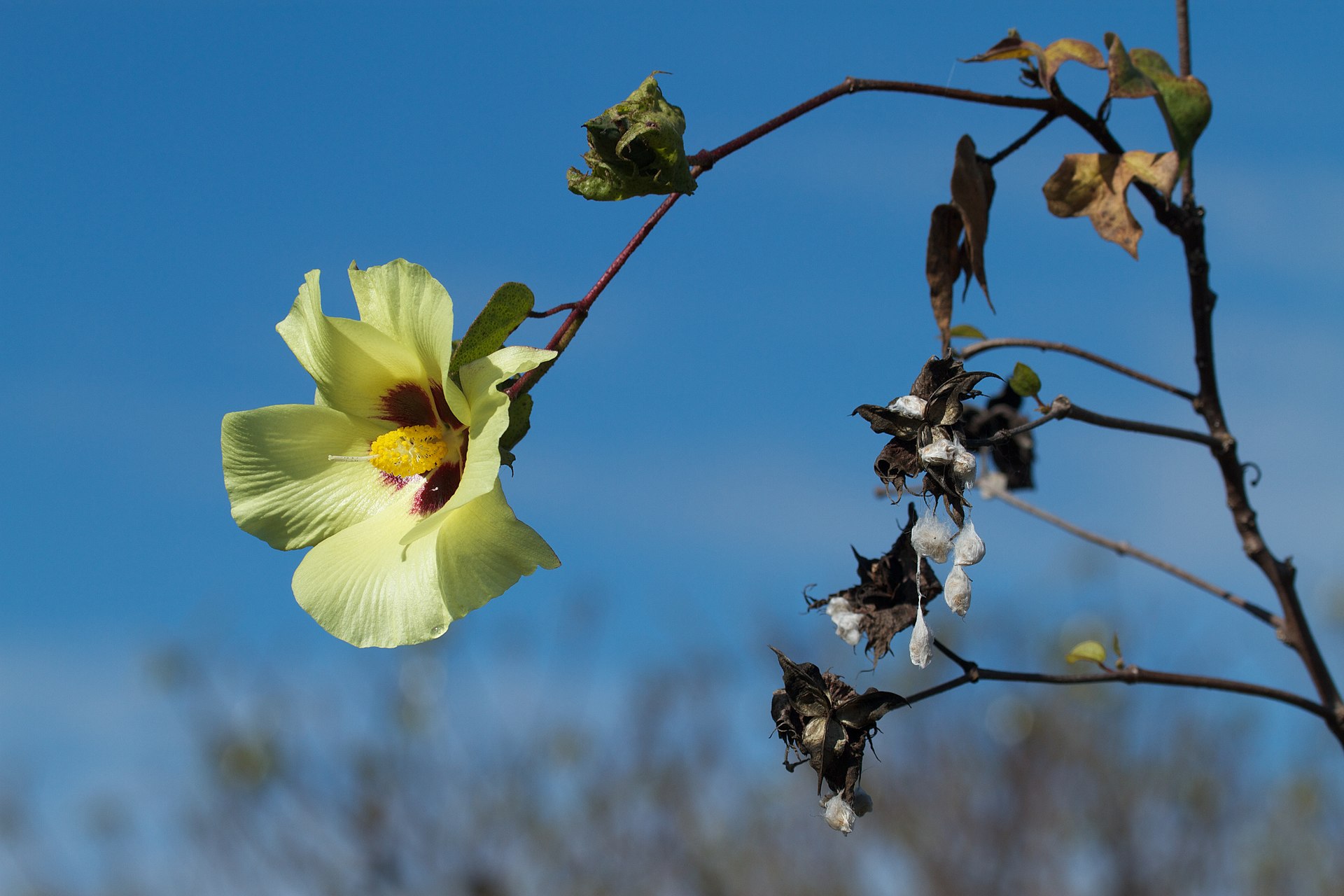
With cotton being a much more delicate fabric than hemp and generally easier to work with, weavers made softer, more refined fabrics. These fabrics became a status symbol and thus a significant export commodity. Cotton fabrics became most sought after, with India becoming the centre of global trade in the early 17th century. European empires traded vast amounts of gold and silver for reams of fine cotton fibre.

Throughout this time, hemp continued to serve as the base fibre that kept ships tied together and canvas sails capturing trade winds. But hemp clothing was always a poor person's material. With the growth of capitalism came reinforced class-oriented consumerism.
Cotton, Imperialism, and Slavery
What links the British Empire in India to the explosion of slavery in the Americas and modern-day racism - the cotton industry!
The British East India Company, the world's first licensed drug runners, essentially ruled over the global cotton trade and India's production. As the west became a trading empire, a growing European middle class found their desire for consumer clothing.
As well as extracting opium from Northern India, the East India Company was exporting a quarter of a million pieces of cotton fabric into Britain. By 1690, colourful Indian prints began to dominate the market - so much so that by 1721, calicoes threatened British manufacturers. Parliament passed the Calico Act that banned calicoes for clothing or domestic purposes. In 1774 the act was repealed with the invention of machines that allowed British manufacturers to compete - and later dominate - Eastern fabrics.

The East India Company continued to take their loot from India and invest it into new technologies to extract more wealth from the subcontinent. By the start of the 19th century, a mixture of British trade policies and imperialism meant that India's domestic manufacturing was devastated and prevented from trading independently with the UK. Only raw cotton would be exported to the UK - not finished products. This meant that Britain became the world's leading cotton textile manufacturer through force.

British East India's actions in India led to the explosion of slave labour demand in the Americas. In the 1790s, America's oldest crops, like tobacco, were depleting farmland and dropping in value. With the UK's exploding textile sector creating enormous international demand for cotton clothing and the invention of the cotton gin, there was a market to be had. So many people benefited from the cotton economy — plantation owners in the South, banks in the North, shipping merchants, and the textile industry in Great Britain. Cotton transformed the United States, making fertile land in the Deep South, from Georgia to Texas, extraordinarily valuable. Growing more cotton meant an increased demand for slaves. Slaves in the Upper South became incredibly more valuable as commodities because of this demand for them in the Deep South. They were sold off in droves. This created a Second Middle Passage, the second largest forced migration in America's history.
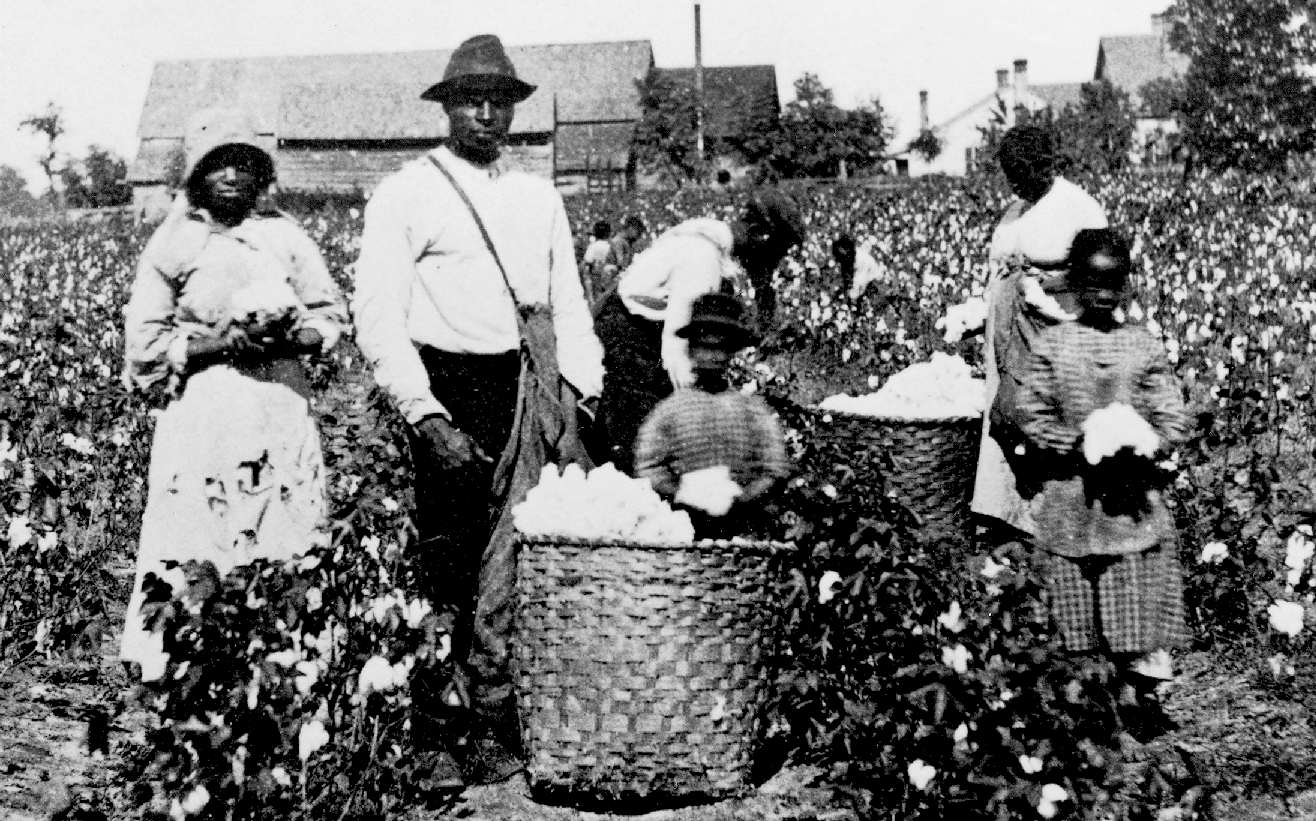
More than a million African Americans were carried off into the Deep South. That's two and a half times the number brought to the United States from Africa. The modern fashion industry was essentially built upon the foundations of slavery and imperialism.
Hemp Hobbled
The modern origins of hemp's prohibition are nearly entirely racist in their origin. Aside from edging out the main competitor of the timber and cotton industries, it was also a way of criminalising black and Mexican immigrants to America. The Marihuana Tax Act of 1937 imposed taxes that were so punitive on the sale of cannabis and industrial hemp that no cultivator could afford them. The Controlled Substances Act (CSA) of 1970 turned cannabis into a Schedule 1 drug, bringing centuries of hemp cultivation in the Americas to an end.
The various international laws governing cannabis also affect hemp, and despite its long historical relationship with humanity, hemp's prohibition has been hobbled over the last 100 years. Hemp fibre only accounts for 0.15% of the world's production textiles, whereas cotton makes up 30-40%.
The Environmental Impact of Hemp vs Cotton
Cotton accounts for just 2.4% of the world's cultivated land but uses 6% of its pesticides and 16% of its insecticides. Intensive use has caused water pollution that damages habitats and biodiversity - and poisons people. About 200,000 people die every year from pesticide poisoning worldwide. Chronic pesticide exposure has been linked to cancer, Alzheimer's and Parkinson's diseases, hormone disruption, developmental disorders and sterility.
Hemp, depending on the context and area in which it is grown, doesn't require pesticides. However, as we've seen with the modern cannabis industry, growers still lean on things like glyphosate when you're producing purely on a yield basis.
Fertilisers are often used in addition to promoting high yields. These leach into waterways damaging ecosystems with algal blooms from nitrate and phosphate pollution.
Emissions from the fashion industry and toxic chemicals from various treatment processes all add up in terms of environmental costs.
Hemp vs Cotton: Water Requirements
Water consumption is one of the most significant sustainability issues in global agriculture. With climate change, many areas of the planet are becoming unsuitable for agriculture due to reduced rainfall. Industrial agriculture is diverting water away from communities that need it for the profit of a few land and business owners.

Most cotton plantations require extensive irrigation - and in countries like India and Pakistan, it comes at a massive financial and environmental cost. Many cotton-producing areas have suffered droughts and desertification as a direct result of cotton farming.
The Stockholm Environment Institute's 2015 study entitled Ecological Footprint and Water Analysis of Cotton, Hemp, and Polyester, found that cotton needs around 10,000 litres of water to produce just one kilogram of fibre, while hemp requires less than half the amount of water to grow, at only 2123 litres per kilogram of usable fibre.
Hemp vs Cotton: Land Usage
Cotton plantations are enormous, with the plant having a reasonably large footprint relative to the amount of fibre it produces. As such, cotton plants use quite a bit of land. By contrast, hemp plants are tall and thin, growing to 5–15 feet.
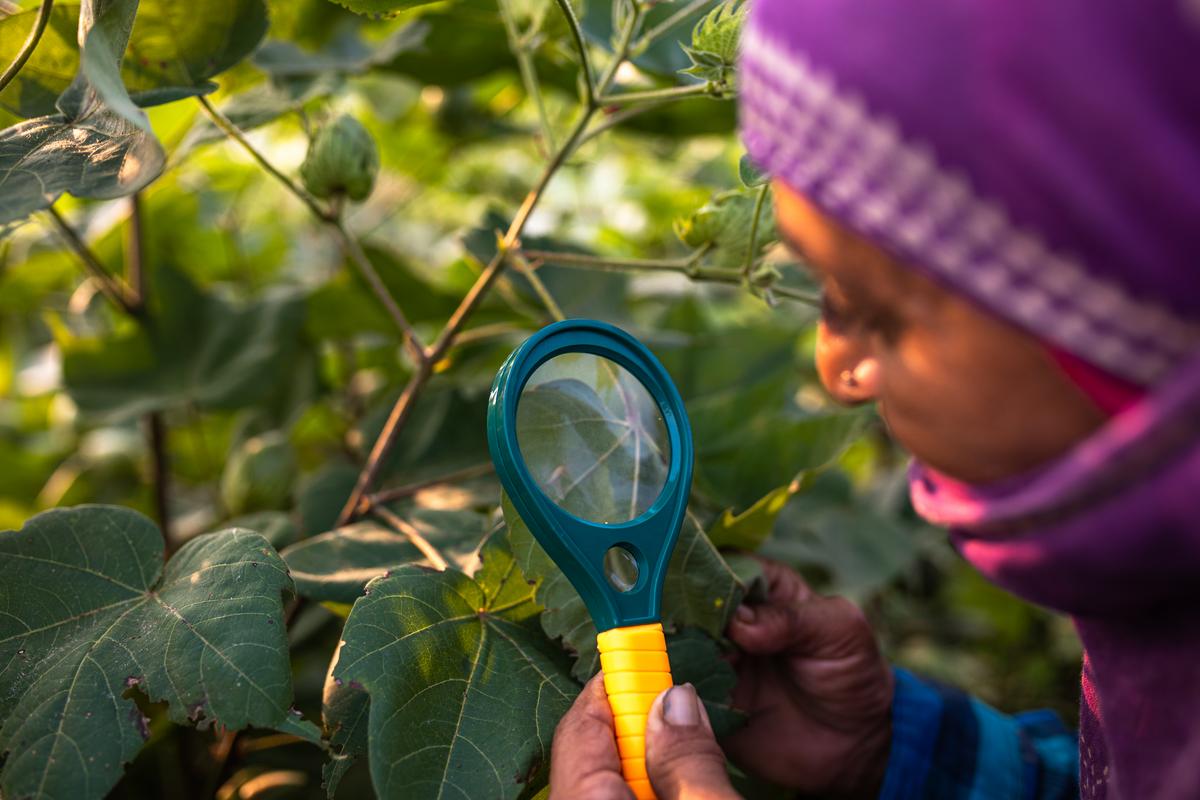
It needs far less land to produce much higher fibre yields than cotton - and has much longer and stronger fibres. One acre of hemp can produce around 700 kgs of fibre - three times the amount of cotton grown in the same space. Hemp is also fast-growing.
Hemp vs Cotton: Durability
We've written about how strong hemp is and its durability. Although it takes longer to 'break in' than cotton, it has higher tensile strength and lasts much longer. Hemp is also naturally antibacterial. This means that you can store it for long periods without the risk of developing mould or mildew.
Hemp vs Cotton: Versatility
Hemp is a multipurpose crop. Its seeds are highly nutritious, packed with protein and omega-3 fatty acids, and can produce plant-based milk and other products. Hemp's flowers are filled with beneficial cannabinoids such as CBD. CBD has anti-inflammatory and powerful antioxidant properties. CBD and cannabis generally can address various conditions, including chronic pain, anxiety, addiction, sleep disorders, epilepsy, and more.
Sadly, the cotton plant has only one usage.
Final Thoughts
The main issue with cotton is about how it is farmed - and what interest its production serves. All agriculture is supposed to be of human benefit - however, our economic structure has seen us produce vast amounts of food and goods - more than anyone can eat or use - and most of that goes to waste. Why? Because it doesn't make the right people enough money.
Organic farming is an alternative but comes with high costs. It requires more land to produce similar yields. Organic cotton is also associated with higher costs at every stage of processing. Under capitalist ownership, such costs are passed onto consumers - landowners and factory owners profit.

There is no guarantee that if the use of hemp is wholly adopted as a fabric, we'll save the world. The ecological savings we'll make would most probably be wiped out by the drive for yield returns and profit-seeking. Sure, hemp farming is currently more eco-friendly, uses less water than cotton production, and none of the herbicides or toxic chemicals - but that could all change. We only have to look at the current ecological impact of cannabis farming in Western America - the benefits of hemp being completely wiped out by unsustainable practices
However, at this point in our society, the actual game is harm reduction: how can we produce the things we need without causing the most distress and destruction to the environment? Hemp provides a clean option - especially when combined with cotton made under certified organic conditions - free of pesticides, restricted water use and good labour conditions. Sustainable fashion must move away from synthetics and embrace natural fibres and blends. Hemp textiles do provide an eco-friendly alternative to current trends. Still, we must ensure that hemp production serves the environment and regular people - not the billionaire high street clothing brands owners.
